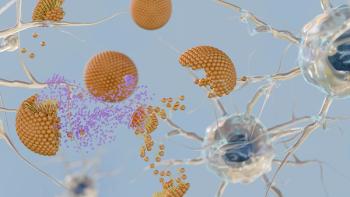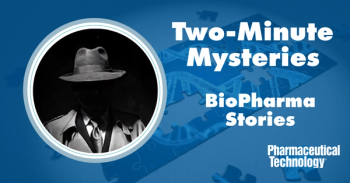
New USP Standards for Heparin Includes New Identity and Potency Tests
New heparin standards recently adopted by the United States Pharmacopeia (USP) include new tests to ensure the quality of the drug.
New heparin standards recently adopted by the United States Pharmacopeia (USP) include new tests to ensure the quality of the drug. The revisions to the USP heparin monograph, which became official on October 1, were made in response to incidents in 2007–2008 where heparin was intentionally adulterated with over-sulfated chondroitin sulfate (OSCS) during the manufacturing process. OSCS is a less expensive substance that can mimic the blood thinning properties of heparin. The new standards include methods developed during the incidents to test for OSCS.
In response to the crisis, USP released a first round of revisions to the heparin monograph in stage 1 June 2008, but determined that a more thorough revision was needed for the long term. These stage 2 revisions, as they are called, are the ones released last week. They include new methodologies for identification, the implementation of a new potency assay, and additional tests for impurities.
In addition, the heparin potency unit has been harmonized with the international unit. USP and the FDA are currently at work on stage 3 revisions, which will involve laboratory research designed to bring greater sensitivity to the tests and standards used to ensure drug safety and quality.
Manufacturers in the US label the amount of heparin included in their products based on USP standards. The changes adopted by the USP for the heparin unit dose match the World Health Organization’s international standard unit dose definition that has been in use in Europe for many years. The revised USP reference standard and unit definition for heparin is about 10% less potent than the former USP unit.
The FDA has asked that all manufacturers identify their new product to help pharmacies and healthcare professionals differentiate them from the former products.
Newsletter
Stay at the forefront of biopharmaceutical innovation—subscribe to BioPharm International for expert insights on drug development, manufacturing, compliance, and more.





